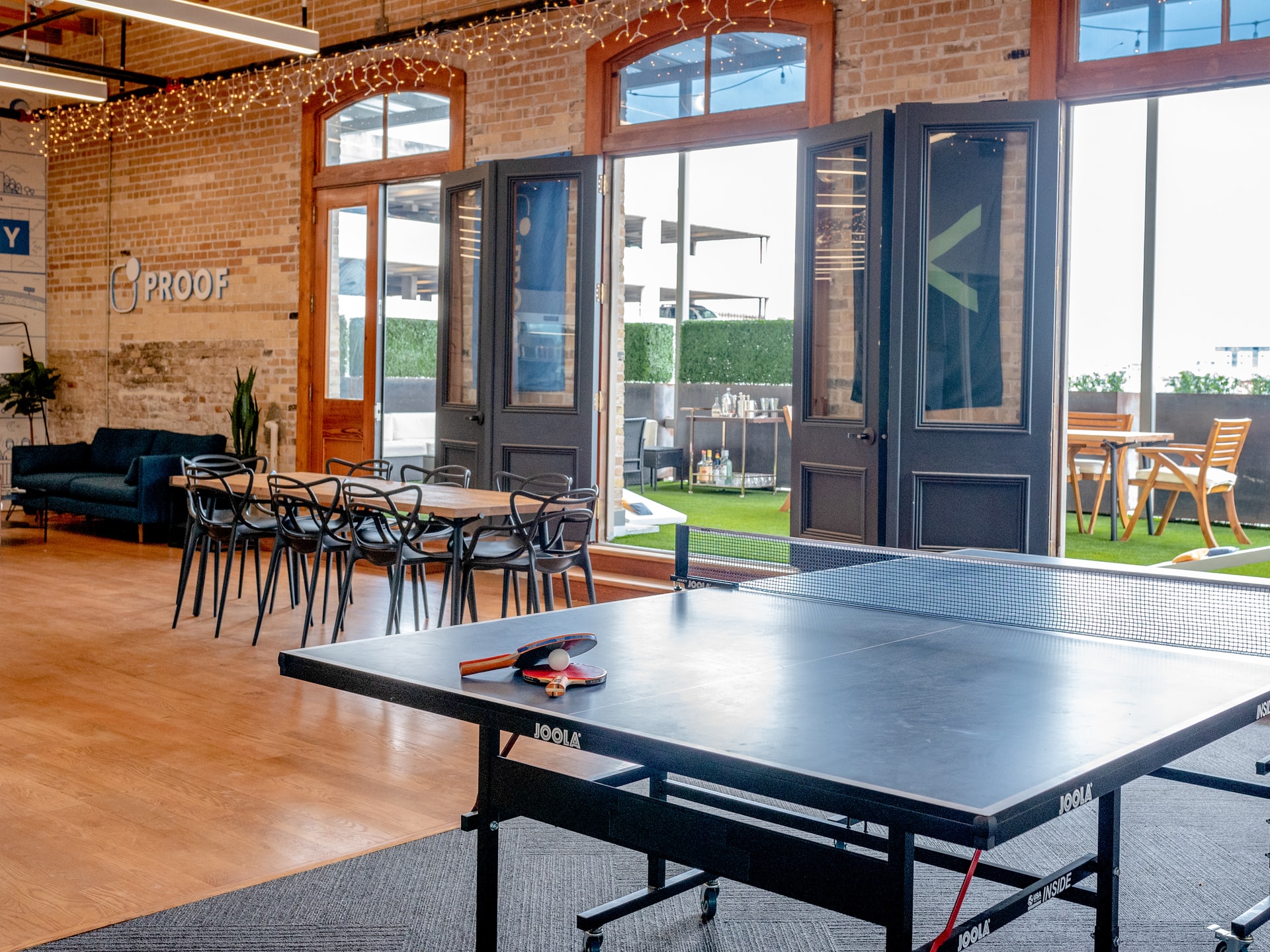
Do you raise your safety game (even when you don’t have to)?
Monitoring and management gets complicated when distinct operators and contractors collaborate on a shared project. Not only are there different personalities and work practices to merge – not everyone shares the same ideas about safety culture. And that can lead to lapses especially in environments where attitudes to safety standards perhaps aren’t as consistent as they should be.
My recent trip to Texas makes an interesting example. I was out there to reassess an oil operator’s safety culture eighteen months after their first survey. When we got there I talked with teams who all live and work in this tough environment for our client and others in the oil industry.

From a cultural perspective what was interesting was how they perceived and managed working for different operators with different standards of safety. Certain operators like Shell and Conoco had very high standards of safety and expected their contactors to follow suit. This made some managers raise their game and ensure their contracting teams had all the right kit for the job and all the paperwork in order. Whilst other operators didn’t put high expectations on contractors and even allowed a much lower level of safety on site from their own staff.
Management dilemma
When your client expects low safety standards of their own staff as well as yours (as contractors) do you keep pushing your own safety rules regardless? Do you pull people up for not having the right PPE on when only your team wears it?
Admirably, the manager I interviewed upheld their own standards because over time he believed it would have a positive effect on other staff. Social influence means that this belief would rub off on everyone else, as he’d seen before on other sites.
This dilemma isn’t unique to the USA either. I’ve seen it in the UK too; companies working in contract relationships where staff wearing high-vis stand next to those who don’t. You’d think in an ideal world that the highest level of safety would win, but of course it’s down to perception. If a high vis isn’t believed to be necessary by the client, then that’s the message given to anyone who enters their workspace.
So are you a leader setting the standard you believe in? Or do you allow yourselves to be ‘just good enough’ when it comes to safety on sites you have little control over?
In a service provider position you might feel like you don’t have a lot of leverage, but it’s important you don’t get forced into working unsafely just because your client doesn’t demand the same standards of their staff as you do. It’s in this environment that the real professionals will be brave enough to do the right thing, no matter what anyone else does. This often has a ripple effect on others who follow your example, influenced by discussions about why you do it, which eventually means more change for the better.



